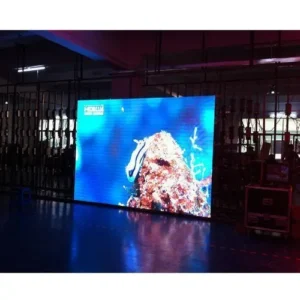As of my last knowledge update in September 2021, I don’t have specific information about a “ZH Led Control System” that might have been developed or released after that date. However, I can provide you with a general description of what an LED control system typically involves. If “ZH Led Control System” refers to a specific product or technology that emerged after September 2021, I recommend checking the latest sources for the most up-to-date information.
An LED control system is a technology or a set of devices and software used to manage and control LED (Light Emitting Diode) lighting installations. These systems are designed to offer flexibility, energy efficiency, and customization in controlling LED lights for various applications, such as architectural lighting, stage lighting, home automation, and more. Here are some common features and components associated with LED control systems:
- Control Interface:
- Physical Interfaces: Remote controls, wall-mounted panels, and touchpads.
- Digital Interfaces: Smartphone apps, computer software, or web-based platforms for remote control.
- Color Control:
- RGB (Red, Green, Blue) or RGBW (Red, Green, Blue, White) LED systems allow users to adjust and customize the color of the light.
- Dimming Control:
- Ability to adjust the brightness level of the LED lights, either manually or through programmed scenarios.
- Programmable Scenes:
- Pre-set lighting scenes for different moods or activities, such as relaxing, reading, or entertaining.
- Automation and Scheduling:
- Timers and scheduling features to automate when the lights turn on, off, or change settings.
- Compatibility:
- Integration with other smart home systems and protocols such as Zigbee, Z-Wave, Wi-Fi, or Bluetooth.
- Power Management:
- Monitoring and managing power consumption for energy efficiency.
- Communication Protocols:
- Systems may use various communication protocols like DMX (Digital Multiplex), DALI (Digital Addressable Lighting Interface), or proprietary protocols.






Reviews
There are no reviews yet.